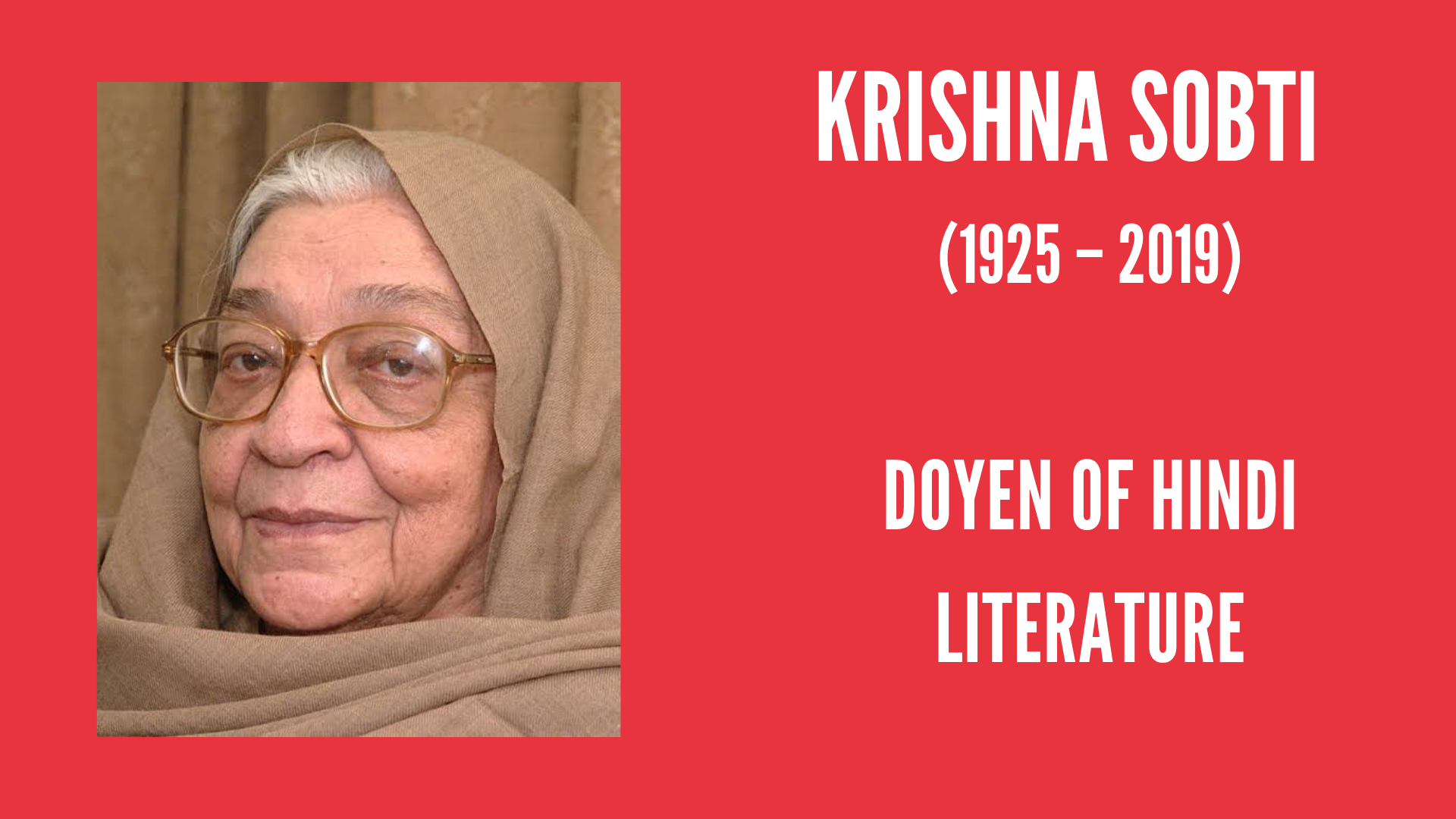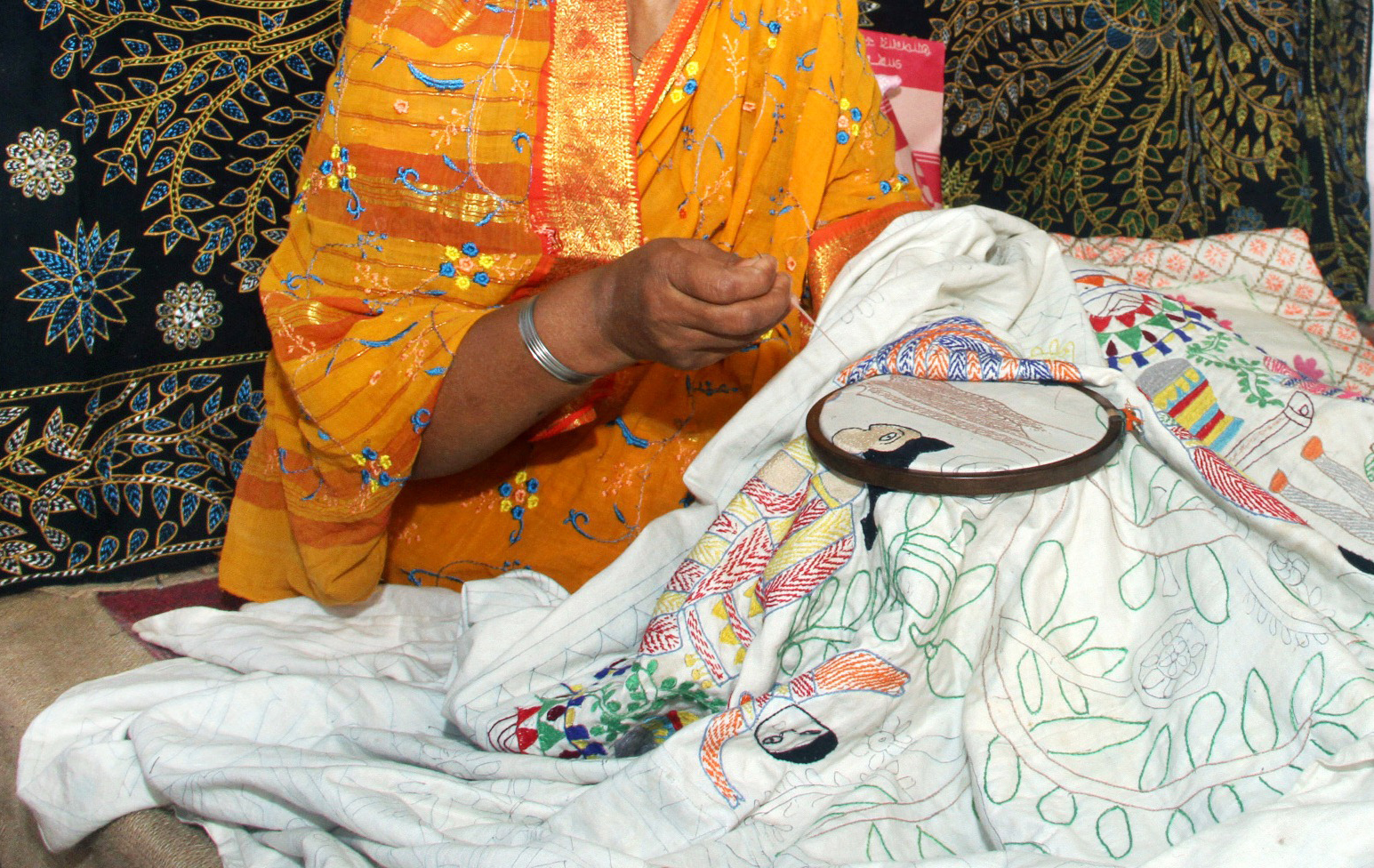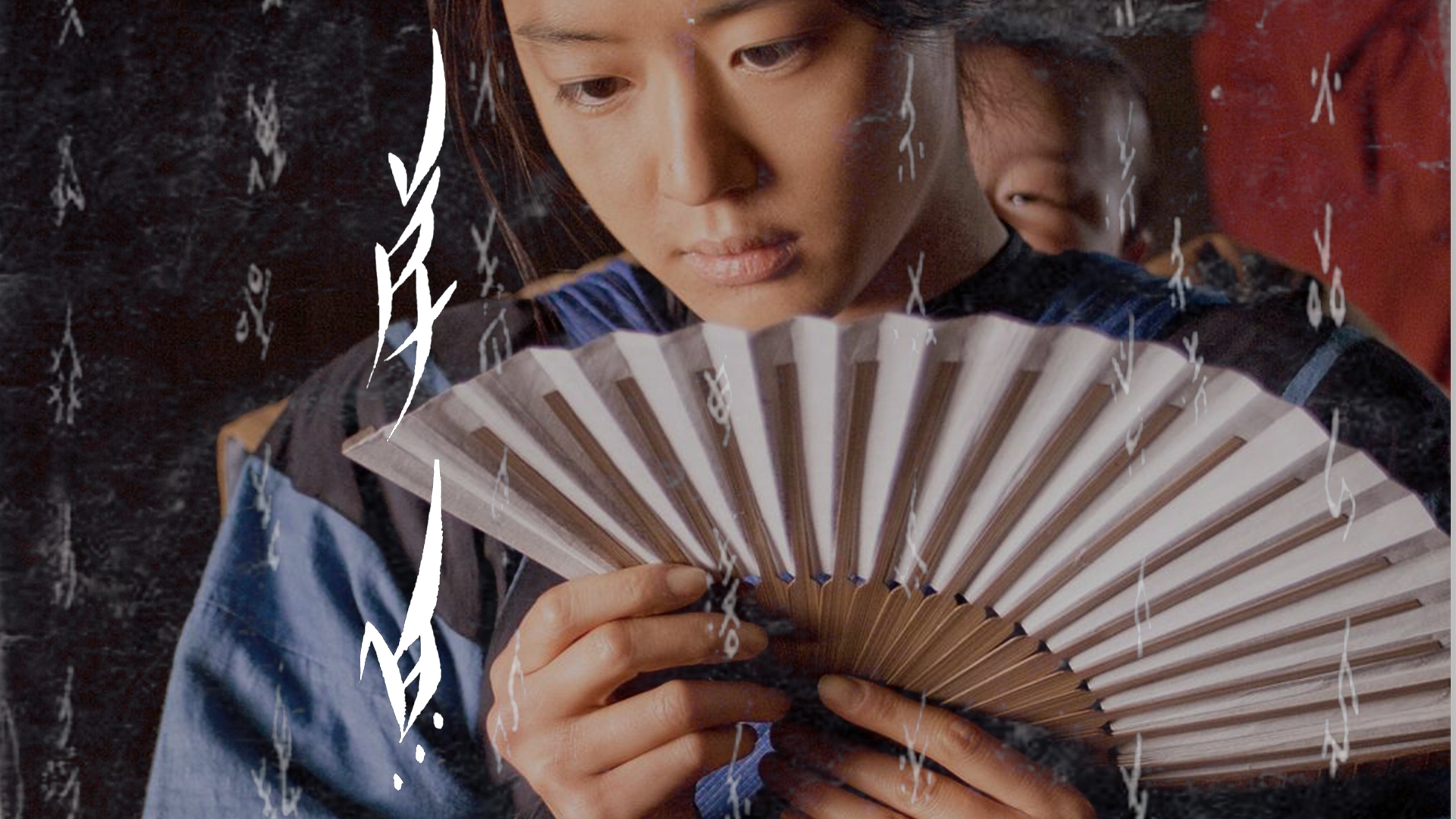Krishna Sobti was a prolific Hindi writer, who passed away earlier this year who, despite having a strong female presence and presenting bold female characters in her story, has resisted the label of ‘women writer’. In an interview, Krishna Sobti said that she feels that as a writer and someone who believes in equality, her stories must present both a male and female perspective.
Sobti (1925-2019) was born in Gujrat city, in the Punjab region under British India, which became part of Pakistan after Partition. She and her 3 siblings were educated in Shimla and Delhi, and her family worked for the British colonial government. Krishna Sobti was awarded the Sahitya Akademi Award in 1980 for her novel Zindaginama and the Jnanpith Award in 2017 for her contribution to Indian literature. She released her autobiographical novel ‘Gujarat Pakistan se Gujarat Hindustan‘, although some of her other works are also said to have autobiographical elements to them.
Although Sobti has attempted to steer clear of being labelled a ‘feminist’ and a ‘female writer’, the feminist quality in her writing cannot be dismissed. All of her stories present different kinds of women in different situations. The complex interlinking of language often means that her translations may not be as rich as the original, nevertheless are worth reading and exploring in present context.
Krishna Sobti was awarded the Sahitya Akademi Award in 1980 for her novel Zindaginama and the Jnanpith Award in 2017 for her contribution to Indian literature.
Here are only a few of Krishna Sobti’s novels that have been translated into English that I have come across:
To Hell With You Mitro (Mitro Marajani)
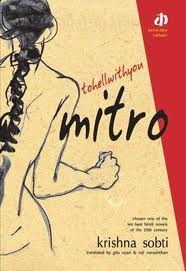
Mitro Mariani is about the middle daughter-in-law of Gurudas, a traditional Indian family, who is unapologetic about her sexuality. In this story, Sobti presents three very different daughters-in-law. The first is the ideal submissive daughter in law, the second is a rebel who uninhibitedly speaks her mind, and the third is lazy and disinterested in being part of the family.
The novel follows Sumitravanti, aka Mitro, on her quest to fulfilling her sexual desires which is not fulfilled by her husband. Mitro is unconventional as she speaks about things a woman from a respectable Indian family would not candidly speak about, like sex. Although at the start, Mitro is seen in a villainous light by the other family members, readers are also presented with a side to her which is warm and caring.
Memory’s Daughter (Daar Se Bichhuri)
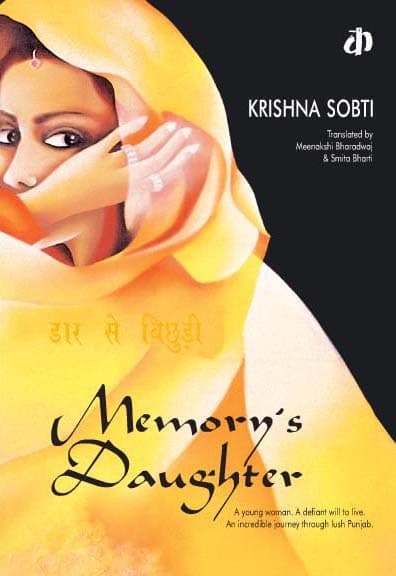
Daar Se Bichchudi is about the experiences of a young woman set during the historical backdrop of British colonialism. The protagonist is caught in the hysteria and madness of the final and most violent battle between the Sikh soldiers and British colonialists in 1849 Punjab during pre-partitioned India. The violence of this incident leaves her life upside down.
Listen Girl (Ai Ladki)
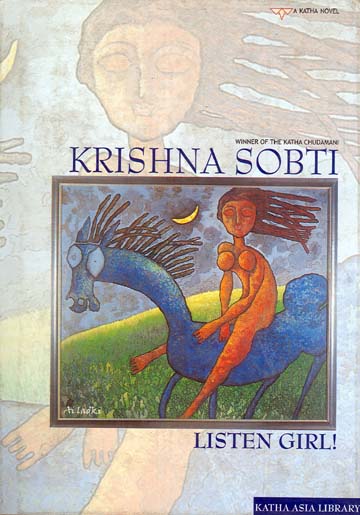
Ai Ladki is a tale about the paradoxical relationship between a mother and a daughter, which is sometimes one of distance and closeness at the same time. The narrative is fuelled by Sobti’s own personal relationship with her mother and echoes the honesty of her experience through both the protagonists in the novel. The ‘Ladki’ in the story is stuck between her duty towards her mother, but also refuses to accept the snide and aggressive insults her mother throws at her.
Krishna Sobti was a prolific Hindi writer, who passed away earlier this year who, despite having a strong female presence and presenting bold female characters in her story, has resisted the label of ‘women writer’.
Krishna Sobti’s story is an eternal theme and very important to discussions on mother-daughter relationships which is much spoken about in feminist discourse. In Ai Ladki, Sobti uses gender, human fragility and memory to portray the mothers fear of dying and the daughters fear of losing her mother. The novel presents a poignant struggle between a mother and child, as the great infinite love between them is what causes them to lash out at each other.
The Heart Has Its Reasons (Dil-o-Danish)
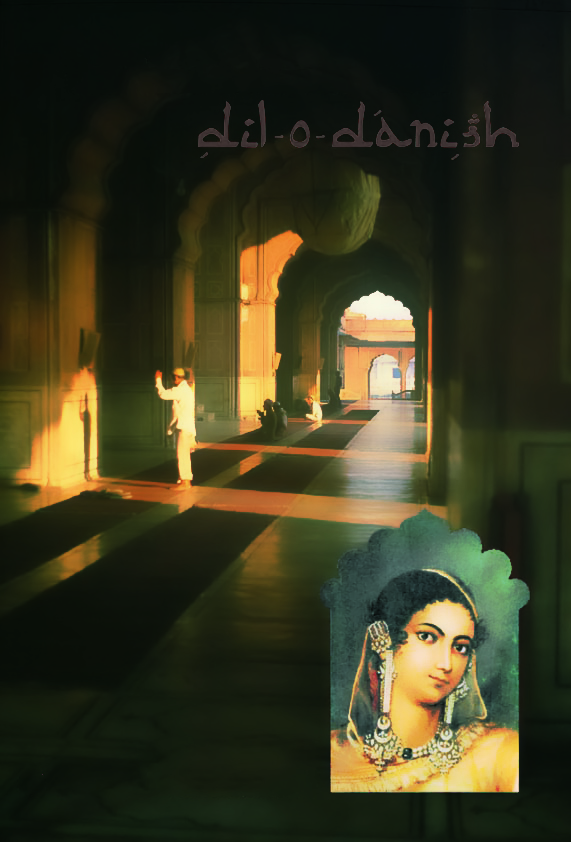
Dil-o-Danish presents a lived history on 1920’s Delhi, in a complex interlace of language, love and relationships. It follows the interaction of two household, a Kayasth family and a Muslim family. The ethos of Old Delhi that Sobti presents mirrors the ethos of life as it was when the hearts of the Hindus and Muslims of the city were of one beat in the precincts of Jama Masjid. In the story, there are no heroes or villains, but just a realism that captures the beauty of Delhi and of the people of Delhi.
The novel traces the story of Kripanarayan, successful lawyer with two families: one with his Hindu wife Kutumb, and another with his Muslim mistress Mahek. Kutumn rejects this choice exercised by her husband and is unwilling to accept his other family as this is not an option available to her. On the other hand, Mahek seeks the right to respect for her and her children the right to her own property. While Kutumb is asked to turn a blind eye, Mahek is asked to be invisible. The character of Kripanarayan is not distorted or caricatured to portray him as fully negative; he is shown to be fond of both the women and strives to do right by him. In doing so Sobti does not condemn or justify his actions but presents a wholesome view. Dil-o-Danish presents the struggles of two women wronged by a man.
Zindaginama

Zindaginama is Sobti’s ‘magnum opus,’ in which she presents the small village-town Shahpur, in pre-partitioned India, as ‘a microcosm’ with “a wide set of characters and their interactions.” In Zindaginama, Sobti foregoes conventions of fiction and instead takes a polyphonic approach to her grand-narrative. The voices of multiple characters and their stories, divine praise, secular songs, Sobti’s poetry, and a smattering of myth and legend are interwoven with her prose. The novel reflects ‘the religious syncretism of pre-partition Punjab’ where God is known as Rabb to Hindu’s, Muslims and Sikhs. The novel presents the sufferings of women (widowed or unable to have children), in a society where women were judged based on their husbands and sons.
I recommend that everyone reads these unique tails of human interaction and human relationships, which may not be grand narratives, but a portrayal of everyday India and women in India. Also, due to my linguistic limitations I could only engage with the English translations of her texts, though I have heard Hindi narrations too. I urge Hindi readers to read the original and enjoy the richness Sobti brings to the Hindi language as she adds influences of Urdu, Punjabi and later Rajasthani to depict the characters realistically.
About the author(s)
Nikhat is a Civil Servant and Communications Manager for BBPC Poetry Collective. Her academic research interests include wartime gender-based violence and intersectional feminist historiography.
